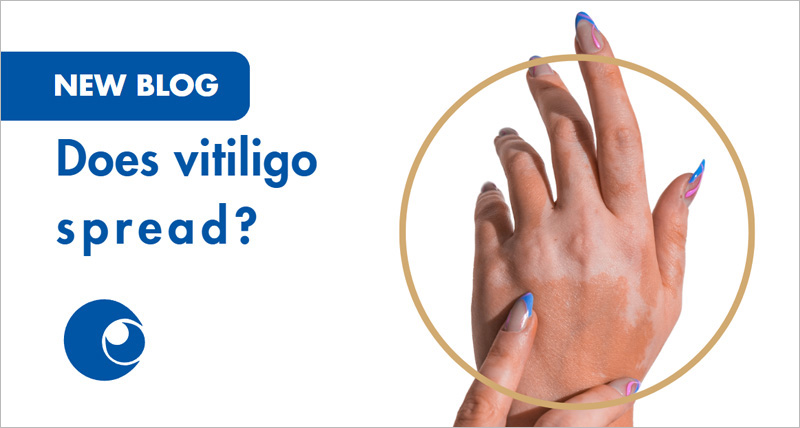Imagine stepping into a costume once worn by Australia’s opera diva, Dame Joan Sutherland, and looking out into an expectant audience — all in virtual reality.
Deakin University’s CADET Virtual Reality Lab has teamed up with curators from Arts Centre Melbourne to take 3D scans of Dame Joan’s elaborate outfits — with the help of a Melbourne dermatologist.
A state-of-the-art, ultra-high resolution medical scanner, normally used to monitor skin conditions and detect cancers, is creating the images that could be used to bring the opera experience to life.
“The equipment can scan an entire costume in a few seconds … once we develop methods to digitise these models we can put it into virtual reality and really the possibilities are endless,” the lab’s director, Ben Horan, said.
“We can do exciting things like wearing Dame Joan Sutherland’s costume on stage and experiencing what it might have been like on stage doing that kind of performance,” Associate Professor Horan said.
Dame Joan, who was known as La Stupenda or “the stunning one”, came to prominence in the late 1950s and performed all over the world before her death in 2010.
The 3D scans would help to preserve the legacy of one of Australia’s most important cultural icons by ensuring a digital copy of her costumes remained even after the physical items were gone.
“The beauty is now we can capture this, before it’s lost forever,” Associate Professor Horan said.
“We can also access them from anywhere in the world … so being able to go to the Louvre in France from here in Melbourne or vice versa really opens up a lot of possibilities.”
Arts Centre looks to expand virtual collection
Researchers hope to scan all 30 costumes in the Arts Centre Melbourne’s Dame Joan Sutherland collection, that is now being securely stored to protect the delicate fabrics and accessories.
Samantha Hamilton, who heads collections, preservation and access at the Arts Centre, said they represented a “really significant decade in Dame Joan Sutherland’s life” when she raised the profile of Opera Australia, including performances in La Traviata, Les Huguenots and Lucrezia Borgia.
“She was an international star so she took Australia to the stages,” she said.
“We have her costumes behind closed doors because it’s part of preservation but really our aim is to share this collection with everybody because it does belong to everyone,” she said.
“3D scanning preserves their legacy in such a different and new way. I think she would be thrilled.”
Melbourne dermatologist Rod Sinclair said he felt privileged to lend his 3D scanner to the cause.
“As soon as we acquired the machine and saw it in use, we realised that it had many applications beyond medicine,” Professor Sinclair said.”In order to preserve these dresses you can’t touch them but having these quality images, it almost feels like you can touch it.
“The technology is moving so fast and we get incredibly high-resolution detail on these pieces, right down to the threads and even the fibres in the threads.
“You can see things that the naked eye just can’t see.”
He joked the mannequin was an unusual, albeit very compliant, patient and was “very well-behaved, doesn’t talk back, no complaints”.
Arts Centre Melbourne will also look to expand its 3D catalogue to other items in its Australian performing arts collections, which includes some 690,000 pieces.
Virtual reality researchers have already worked on other museum projects, like a dinosaur dig near Cape Otway on Victoria’s Great Ocean Road, and believe their latest endeavour is “pushing the boundaries of what is possible” in museum displays.
“We see this cross-pollination of different ideas and different perspectives, it ends up with us here in a dermatology clinic working with artists and curators to come up with a solution … it’s fantastic,” Associate Professor Horan said.
Original story published by ABC News by reporter Stephanie Ferrier.







